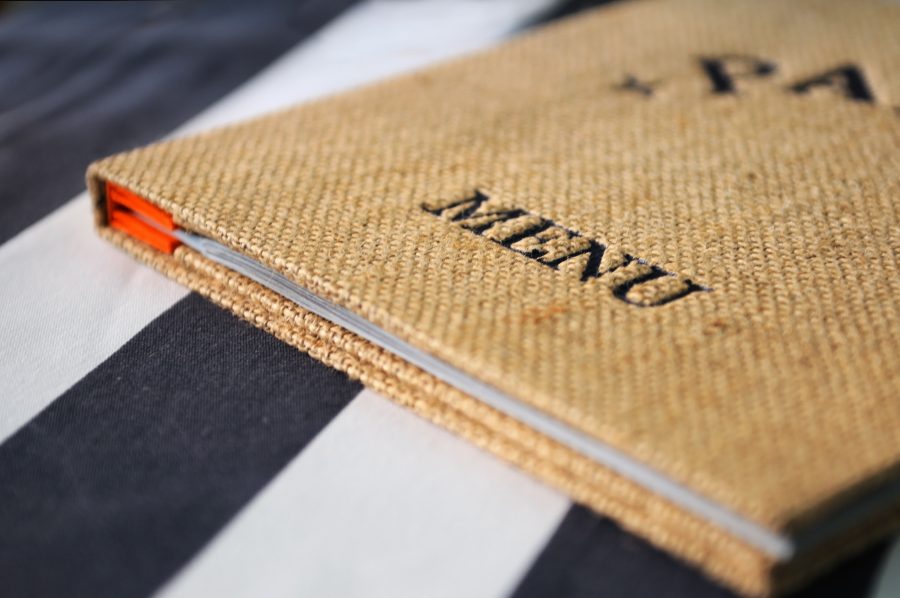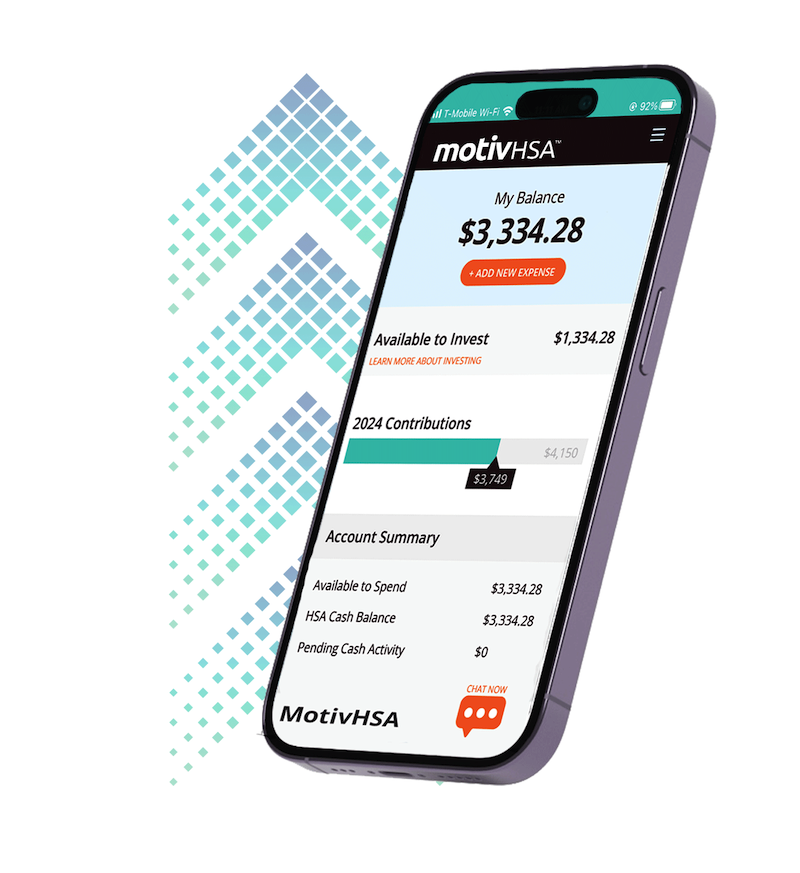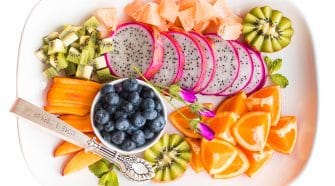The psychology of a restaurant menu
You may not have put much thought into it before, but there is actually some strategy and tact behind that list of food items you study at a restaurant. Enough has been uncovered about the human mind and its tendencies to apply a little psychology to a restaurant menu, with the goal to get you to buy and eat more!
So what are these secret tactics restaurants are using to lure you in?
Photos are actually a big selling point for restaurants, and menu engineer (yes, that’s a thing) Greg Rapp revealed that menu items with an accompanying photo have 30 percent more sales than other items. This has to be done carefully, though. Too many pictures reduce the value of the pictures. The magic number seems to be one picture per page to get the best results.
Limiting your options is another way restaurants get you to make decisions. Too many menu options can be overwhelming, and cause most people to default to their go-to, familiar dish. A good number of options for a menu seems to be seven, according to Rapp. This is just enough for a customer to feel in control of what they order with enough time to make a decision.
Using elaborate descriptions, along with limiting the customer’s choices, is the perfect combination for creating a sense of quality on a menu. A study from Cornell University found that the more descriptive a menu item was, the more successful it was. An example of this would be to call the chicken fingers “tender Cajun chicken fingers,” along with an elaborate and appetizing description.
Being discrete with the prices and pinning them right at the ends of the descriptions takes the focus off the price and puts it on the food. Gone are the days with all of the prices listed in the right column. Now, a simple number at the end of the description, without the dollar sign, is likely all you’ll see on a menu for prices. This prevents the customer from ordering based on price and forces them to read the descriptions before getting to the price.
Strategically placing the expensive items above or before other items makes the other items seem like a better deal, even if they’re not necessarily that good of a deal. If the first thing you read is “28-day aged hand-cut unicorn steak – 75,” the next item described as “Grandma’s famous homemade ravioli – 18” sounds like heck of a deal for some good, soul-warming comfort food.
Using negative space to emphasize more expensive or valuable items is another selling tactic to draw attention. Several studies have found that the prime spot for menu items is the upper-right corner. That is where the eyes will naturally go on a piece of paper, so if you only quickly glance at a menu it’s likely you’ll look there. Items here will likely be in a box or outlined in a different color, or somehow separated from the other items. Negative space, boxes, and shadows can be used all throughout the menu, however, to set items apart from the others.




No Comment